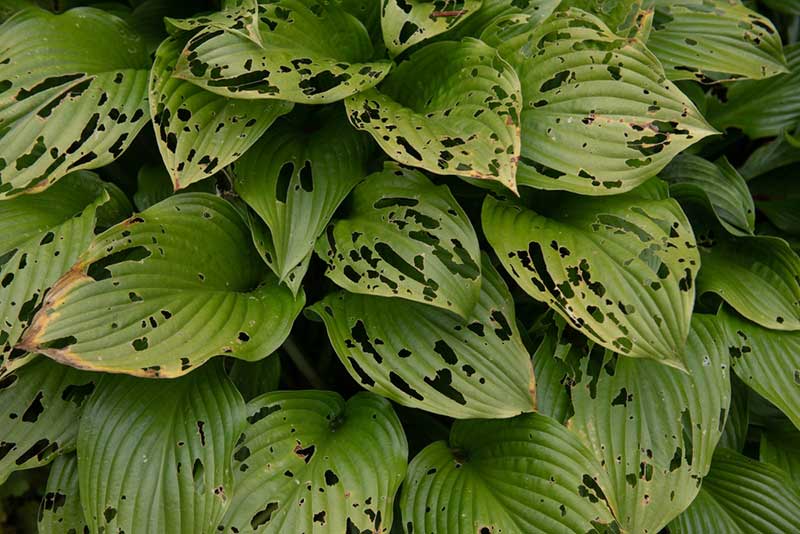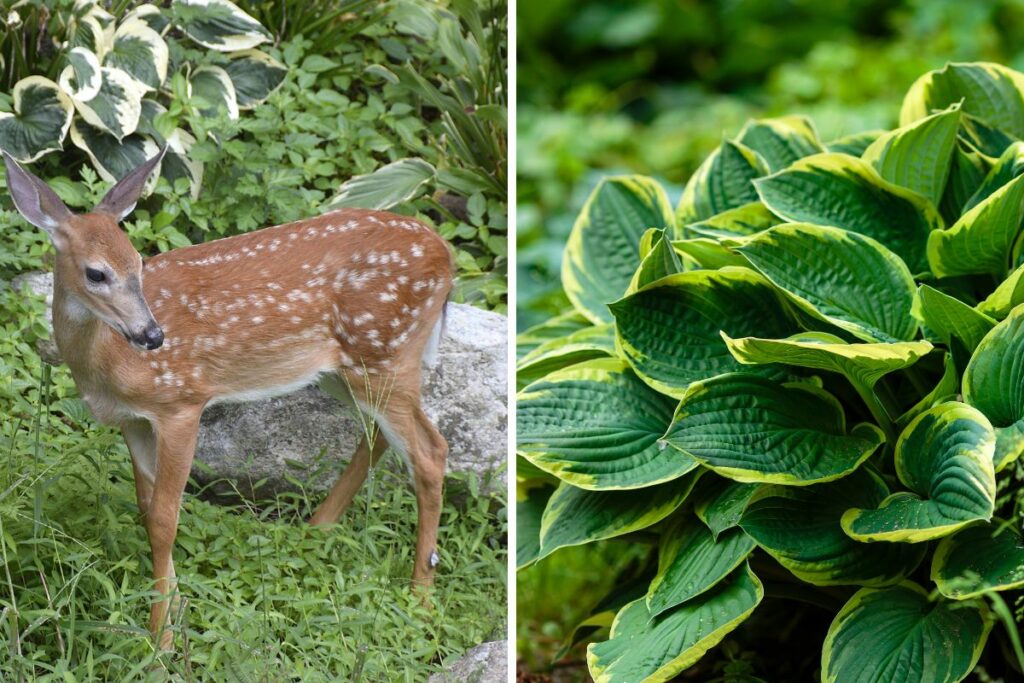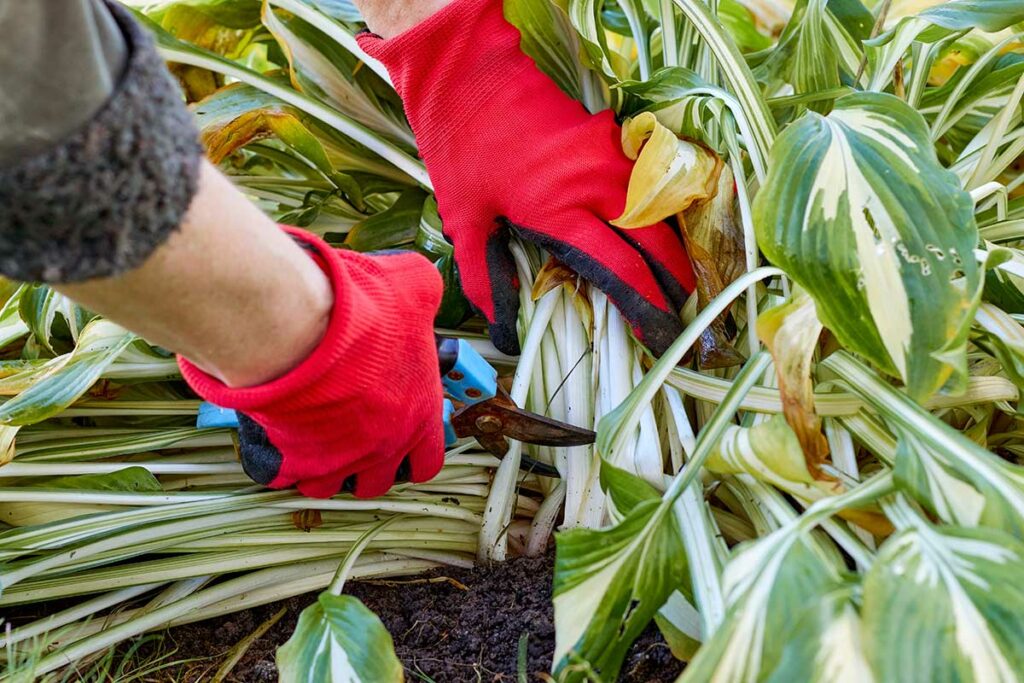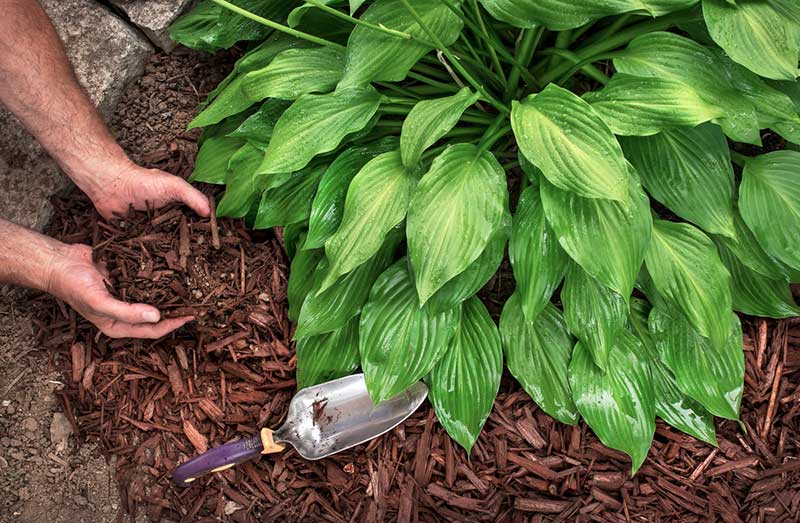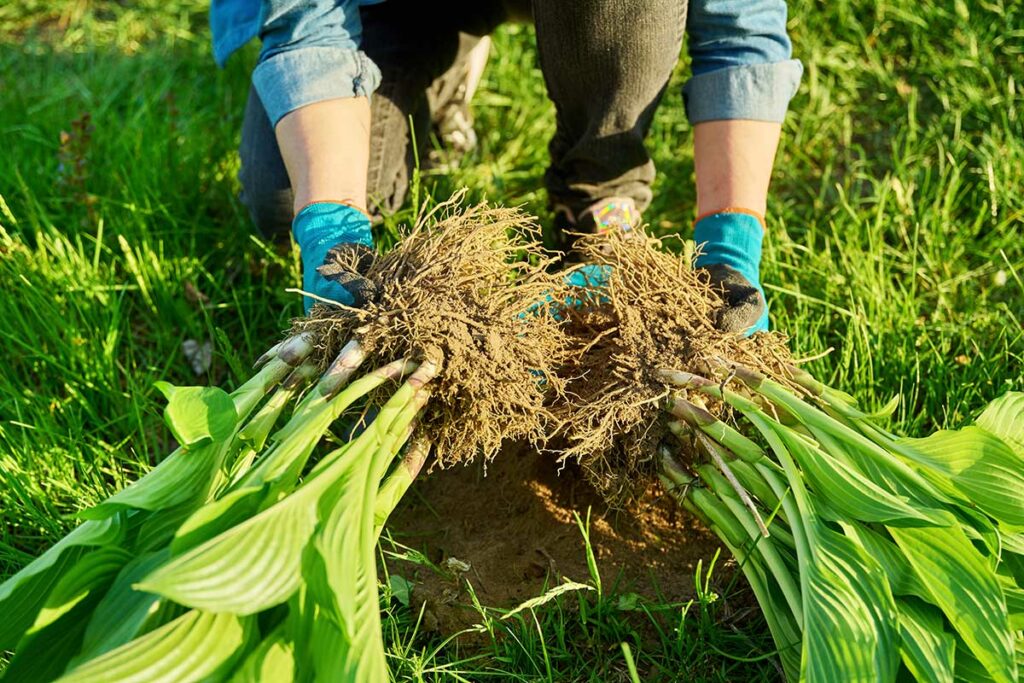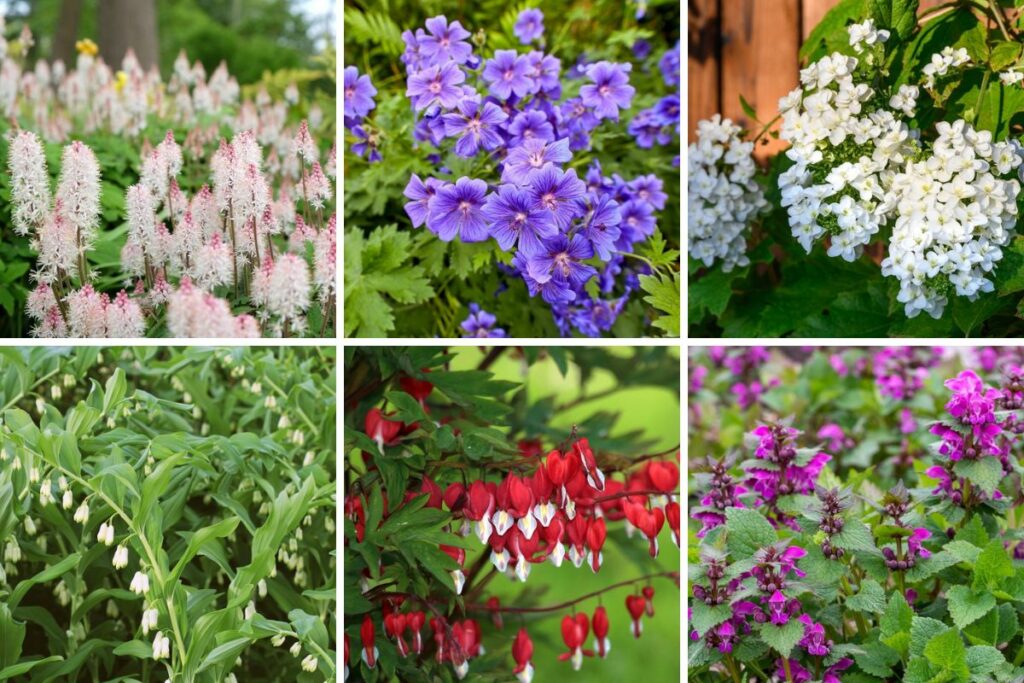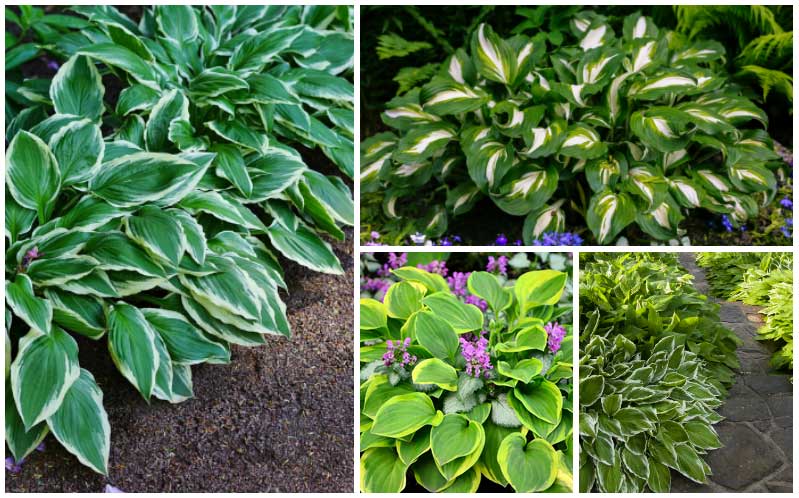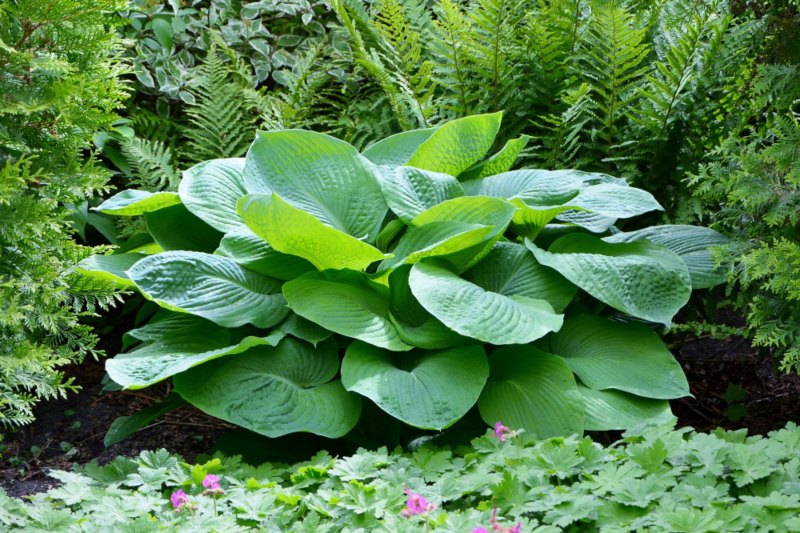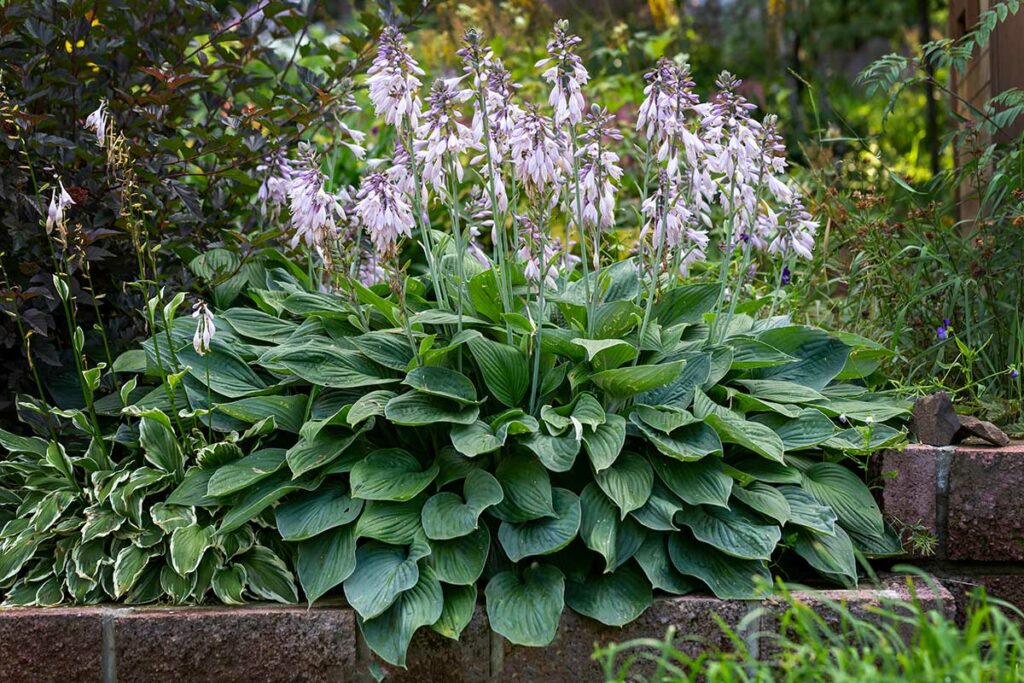
If you’re a fan of hostas, you know that their lush foliage is their main attraction. However, if you’ve been growing them for a while, you may be wondering why your hostas aren’t flowering. As a hosta enthusiast myself, I’ve learned a few tips and tricks to get these shade-loving plants to produce beautiful blooms.
First and foremost, it’s important to understand that hostas are primarily grown for their foliage, not their flowers. That being said, there are a few things you can do to encourage flowering.
One of the most important factors is providing the right growing conditions. Hostas prefer moist, well-drained soil and partial to full shade. If your hostas are not in the right location, they may not flower.
Another factor to consider is the age of your hostas. Most hostas will not flower until they are mature, which can take several years. Additionally, some hosta varieties are simply not as prone to flowering as others.
However, with a little patience and the right care, you can increase your chances of seeing those beautiful hosta blooms.
Creating the Right Environment
If you want your hostas to flower, it’s important to create the right environment for them. Here are some tips on how to do it:
Light Requirements
Hostas prefer shade or partial shade, so make sure they are not getting too much direct sunlight. If they are in a spot that gets too much sun, they may not flower. On the other hand, if they are in too much shade, they may not grow as well. Aim for a spot that gets morning sun and afternoon shade.
Soil and Watering Needs
Hostas prefer well-drained soil that is rich in organic matter. Make sure the soil is moist, but not waterlogged. Water deeply once a week, rather than giving them frequent shallow watering. This will encourage the roots to grow deeper and make the plant more drought-resistant.
Fertilizing Tips
Hostas benefit from regular fertilization. Use a balanced fertilizer, such as a 10-10-10, and apply it in early spring before the leaves emerge. You can also apply a slow-release fertilizer in mid-summer to give them an extra boost. Be careful not to over-fertilize, as this can lead to burnt leaves or stunted growth.
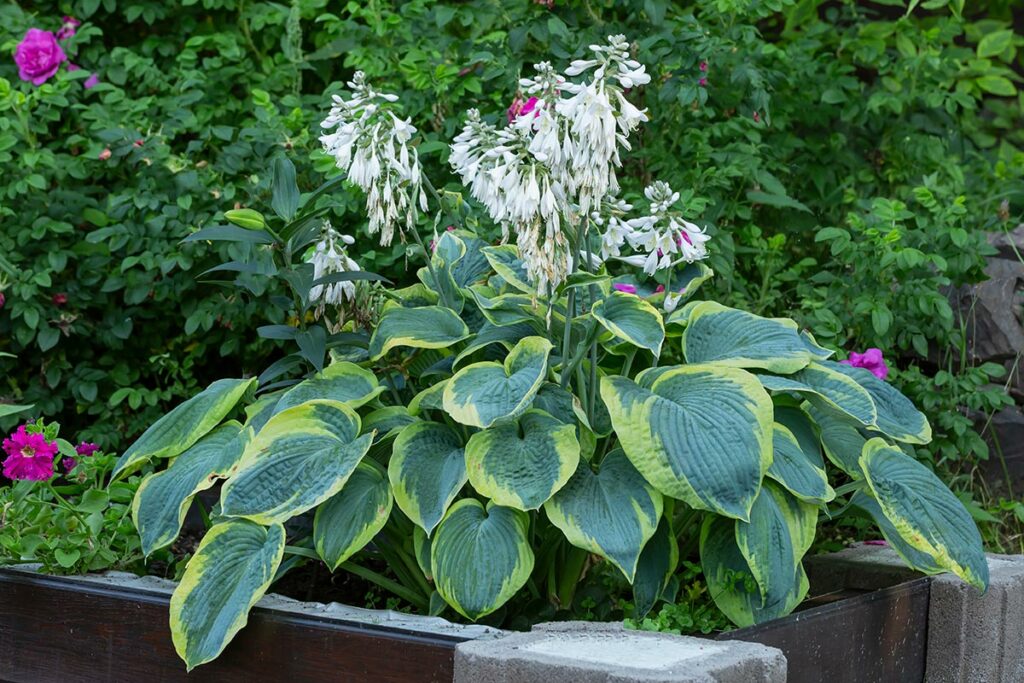
Preparing for Blooming
Getting hostas to flower can be a challenging task, but with proper care and attention, it can be achieved. Preparing hostas for blooming is an essential step in the process. Here are some tips that I have found helpful in preparing my hostas for blooming:
Pruning Hostas
Pruning hostas is an important step in preparing them for blooming. I like to prune my hostas in the early spring before they start to grow. I remove any dead or damaged leaves and cut back any stems that are too long. This helps to promote healthy growth and encourages the plant to produce more flowers.
Dividing Hostas
Dividing hostas is another important step in preparing them for blooming. I like to divide my hostas every three to four years to keep them healthy and vigorous. To divide a hosta, I carefully dig up the plant and separate the clumps into smaller sections. I then replant the sections in a new location or pot with fresh soil.
Transplanting Hostas
Transplanting hostas is another way to prepare them for blooming. I like to transplant my hostas in the fall after they have finished blooming. I carefully dig up the plant and replant it in a new location with fresh soil. This helps to promote healthy growth and encourages the plant to produce more flowers.
By following these tips, I have been able to prepare my hostas for blooming successfully. Remember to give your hostas plenty of water, fertilizer, and sunlight to help them grow strong and healthy. With a little care and attention, your hostas will be blooming in no time!
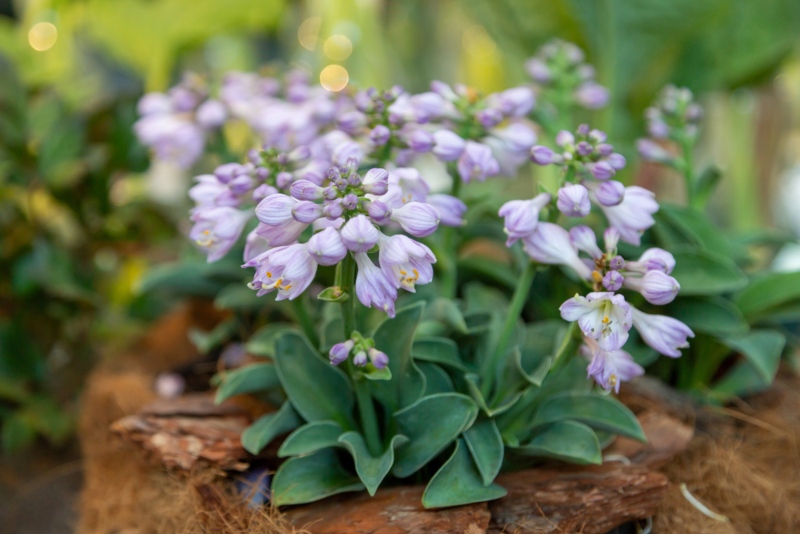
Encouraging Flowering
If you want your hostas to flower, there are several things you can do to encourage them. Here are some tips that have worked for me:
Choosing the Right Hosta for Your Region
Not all hostas are created equal. Some varieties are better suited for certain regions than others. If you live in a hot and humid climate, for example, you’ll want to choose a hosta that can tolerate those conditions. Some heat-tolerant hostas include ‘Sum and Substance’, ‘June’, and ‘Guacamole’.
If you live in a cooler climate, you might want to choose a hosta that is more cold-tolerant. Some cold-tolerant hostas include ‘Blue Angel’, ‘Patriot’, and ‘Regal Splendor’.
Cooling Techniques
Hostas prefer cooler temperatures, so if you live in a hot climate, you’ll want to take steps to keep your hostas cool. One way to do this is to mulch around the base of the plant. This will help keep the soil cool and moist, which is ideal for hostas.
You can also use shade cloth or other types of shade structures to protect your hostas from the sun. Just be sure to choose a shade cloth that allows some light to pass through, so your hostas can still photosynthesize.

Using Hormones
If all else fails, you can try using hormones to encourage your hostas to flower. There are several hormone products on the market that are designed to stimulate flower production in plants. Look for a product that contains cytokinins, which are known to promote flowering in hostas.
Keep in mind that using hormones is not a guaranteed solution, and it’s always best to try natural methods first. Hormones can also be expensive and may have negative side effects if not used properly.





